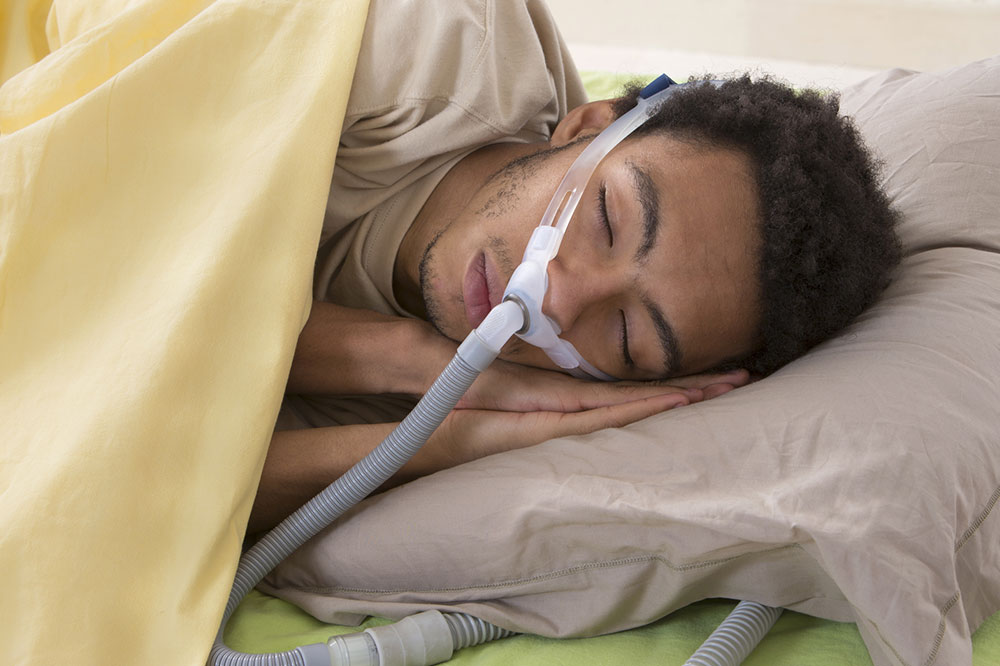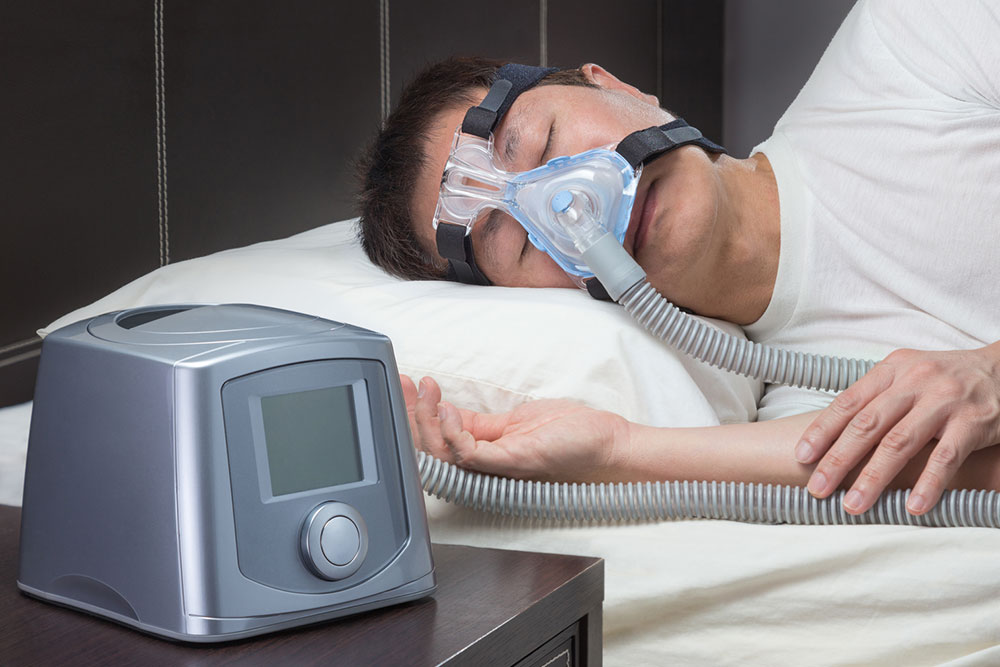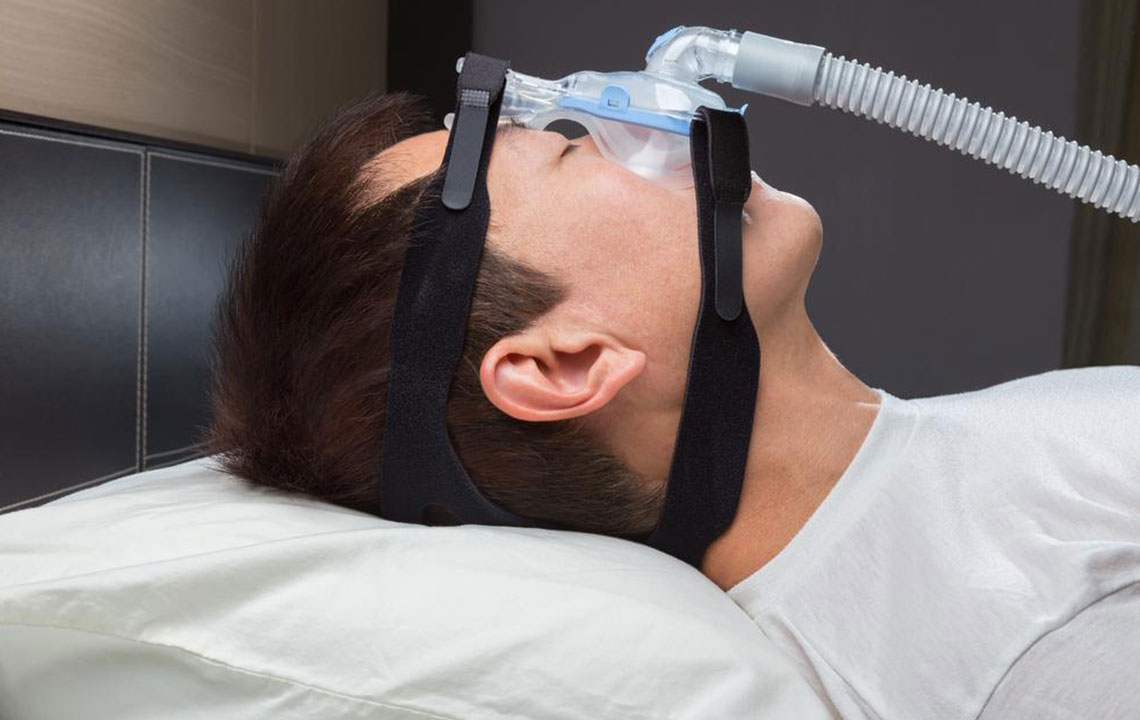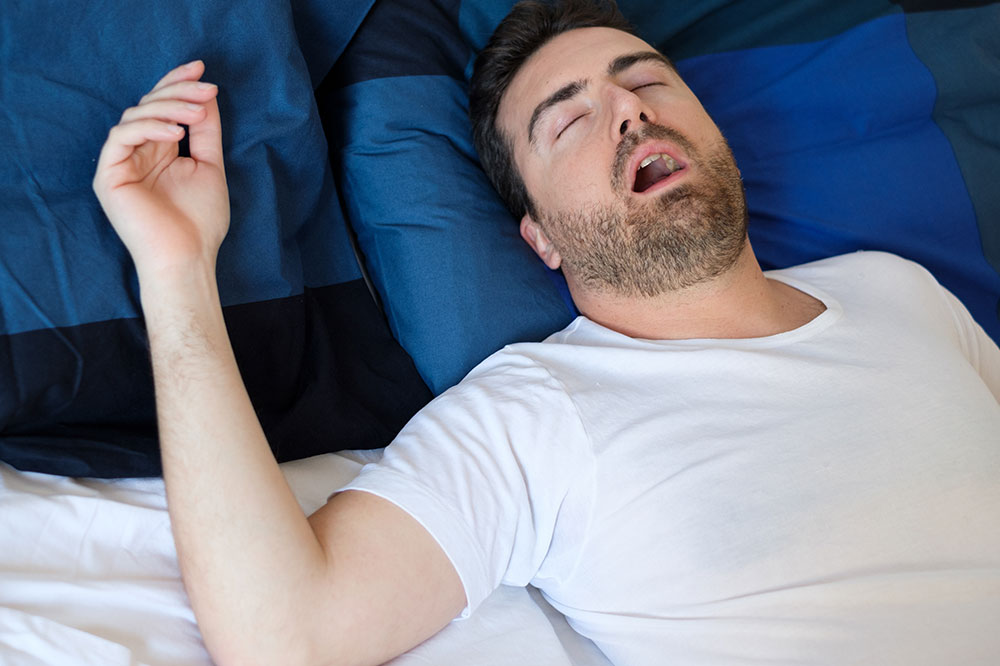Comprehensive Guide to Sleep Apnea: Causes, Symptoms, and Effective Treatment Strategies
Sleep apnea affects millions with symptoms like loud snoring and daytime fatigue. This comprehensive guide explores causes, symptoms, diagnosis, and treatment options, including lifestyle changes, CPAP therapy, dental devices, and surgery. Early detection and management can improve sleep quality and reduce health risks. Understanding your risk factors and seeking professional care are key to effective treatment and a healthier life.
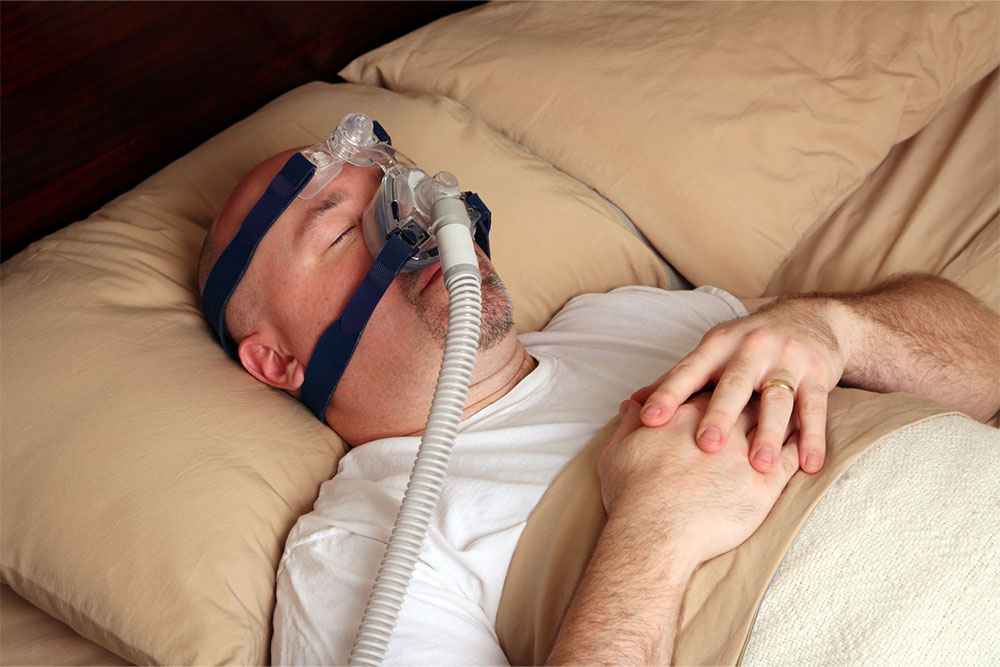
Comprehensive Guide to Sleep Apnea: Causes, Symptoms, and Effective Treatment Strategies
Sleep apnea is a prevalent and potentially serious sleep disorder that affects millions worldwide, including an estimated 22 million individuals in the United States alone. Characterized by repeated pauses in breathing during sleep, sleep apnea can significantly diminish sleep quality, lead to severe fatigue, and increase the risk of various health complications. Understanding the underlying causes, recognizing the key symptoms, and exploring effective treatment options are essential steps toward managing this condition and enhancing overall quality of life.
The Root Causes of Sleep Apnea
Sleep apnea primarily exists in two distinct forms: obstructive sleep apnea (OSA) and central sleep apnea (CSA). While they share similar symptoms, their causes differ significantly. OSA occurs when the airway becomes physically blocked during sleep, often due to tissue collapse or anatomic factors. On the other hand, CSA results from the brain’s failure to send proper signals to the muscles that control breathing, leading to pauses despite an open airway. Understanding these differences is crucial for accurate diagnosis and targeted treatment.
Obstructive Sleep Apnea (OSA) This is the more common form and is primarily caused by physical obstructions within the airway. Factors such as enlarged tonsils, thick neck tissue, obesity, and relaxed throat muscles during sleep contribute to airway blockage. These obstructions narrow or close the airway, making breathing effortful and noisy, often resulting in loud snoring and repeated pauses in breathing.
Central Sleep Apnea (CSA) Unlike OSA, CSA stems from neurological issues. It occurs when the brain's respiratory control center malfunctions, leading to inconsistent or halted signals to the muscles that regulate breathing. Conditions like stroke, heart failure, neurological disorders, or high-altitude exposure can impair brain function, thereby causing CSA.
Furthermore, several risk factors increase the likelihood of developing sleep apnea, including anatomical features, lifestyle choices, and medical conditions. Notably, obesity significantly elevates risk due to excess tissue in the neck and throat that can obstruct airflow. Sleeping position also plays a vital role; sleeping on the back tends to worsen airway collapse. Other risk factors involve large neck circumference, hormonal changes affecting muscle tone, smoking, genetic predisposition, and structural features such as a recessed chin or narrow airway passages.
Recognizable Signs and Symptoms of Sleep Apnea
Detecting sleep apnea early is vital for effective management. Common symptoms that suggest the presence of the disorder include loud and persistent snoring, episodes of breathing interruption witnessed by bed partners, gasping or choking during sleep, morning headaches, dry mouth, and sore throat. Excessive daytime sleepiness is one of the hallmark signs, often leading to difficulty concentrating, irritability, mood swings, poor memory, and a general sense of fatigue. Some individuals may also experience insomnia, restless sleep, or night sweats. Recognizing these symptoms can prompt timely medical evaluation, leading to proper diagnosis and intervention.
Accurate Diagnosis of Sleep Apnea
Diagnosis involves a comprehensive clinical assessment based on the individual’s sleep history and symptom profile. Healthcare professionals may perform physical examinations, focusing on anatomical features that could obstruct airflow. To confirm the diagnosis, sleep studies are commonly prescribed. These tests include polysomnography (PSG), an overnight monitoring process that records brain activity, eye movements, muscle activity, heart rate, blood oxygen levels, airflow, and respiratory effort. For some patients, simplified home sleep tests may be sufficient. These home-based assessments typically monitor breathing patterns, oxygen saturation, and heart rate, providing valuable insights without the need for overnight hospital stays. Accurate diagnosis is fundamental to tailoring effective treatment plans and improving health outcomes.
Effective Treatment Options for Sleep Apnea
The severity of sleep apnea and associated health conditions influence the choice of treatment. Mild cases often respond well to lifestyle modifications, while more severe cases may require medical interventions, including devices or surgery. The primary goal of treatment is to maintain an open airway during sleep, preventing pauses in breathing and improving sleep quality.
Continuous Positive Airway Pressure (CPAP) Therapy CPAP remains the gold standard for treating moderate to severe OSA. This device delivers a constant stream of pressurized air through a mask worn during sleep, preventing airway collapse. Proper fit and regular cleaning are essential for comfort and effectiveness.
Oral Appliance Therapy Dental devices are custom-made to reposition the jaw or hold the tongue forward, keeping the airway open during sleep. They are generally suitable for patients with mild to moderate OSA and are often preferred by those intolerant to CPAP machines.
Adjustable and Auto-Adjusting Machines Modern CPAP devices come with automatic pressure adjustment features, enhancing comfort and compliance. These devices detect changes in airway resistance and modify airflow accordingly.
Surgical Interventions In cases where other treatments fail or anatomical abnormalities persist, various surgical options are considered. Procedures include tissue removal (uvulopalatopharyngoplasty), jaw restructuring (maxillomandibular advancement), nerve stimulation (hypoglossal nerve stimulation), or a tracheostomy, providing long-term relief from airway obstruction.
Lifestyle Modifications for Managing Sleep Apnea
Besides medical interventions, certain lifestyle changes can significantly mitigate symptoms and improve sleep quality. Maintaining a healthy weight through balanced nutrition and regular exercise reduces excess tissue in the airway. Incorporating practices like yoga can improve respiratory muscle strength and breathing efficiency. Sleeping in a position that favors airflow, such as on the side instead of the back, can minimize airway collapse. Additionally, avoiding alcohol, sedatives, and smoking is crucial, as these substances relax throat muscles and promote inflammation, further obstructing airflow. Establishing consistent sleep routines and avoiding late-night meals also contribute to better sleep and symptom relief.
It is important to consult with healthcare professionals to determine the most suitable diagnosis and treatment strategy tailored to individual needs. This comprehensive overview aims to enhance understanding of sleep apnea and promote proactive management for better health and improved sleep quality.


